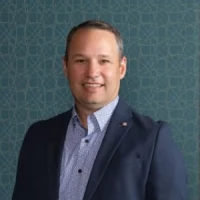In this issue:
With sunny weather on the horizon, now is the time your plans for summer fun come to fruition! You may be noticing a surge in activities to add to your calendar and with that comes a surge in upcoming expenses. There are just a few short months of clear skies in the Northwest and no matter your interests, there will be plenty of opportunities to get out and go! Now is the time to prioritize and plan.
One idea for summer organization from your Retirement Team at Cable Hill Partners is to set up a group Google calendar with some of your closest friends and family. Or maybe you like to kick it old school and use a wall calendar to write out who’s where what they’re up to. However you organize your life, there is bound to be a bit of “Fear Of Missing Out” (FOMO) over missed events and a few drive-thru meals while rushing to the next activity.
While we hope you enjoy your summer plans in the short term, we also want you to think of your long term goals for retirement. Just as you visualize your summer fun, sit back and visualize your retirement. Is that jet ski really worth another year of work? On page two we look at how participants see themselves spending their time in retirement.
Speaking of summer fun, many of us will take trips to the movie the-ater to beat the heat. Turn to page 6 to see what actor the Cable Hill Part-ners’ Retirement Team could see playing themselves in a movie. After you check out who we chose, we’d love to hear who would play you!
Cheers,
Your Cable Hill Retirement Team
For more information about this newsletter, contact retirementteam@cablehill.com
1155 SW Morrison Street, Suite 400, Portland, OR 97205 | https://cablehill.com/





